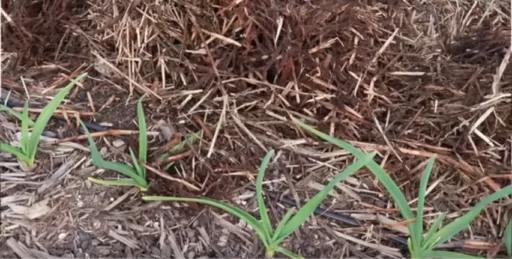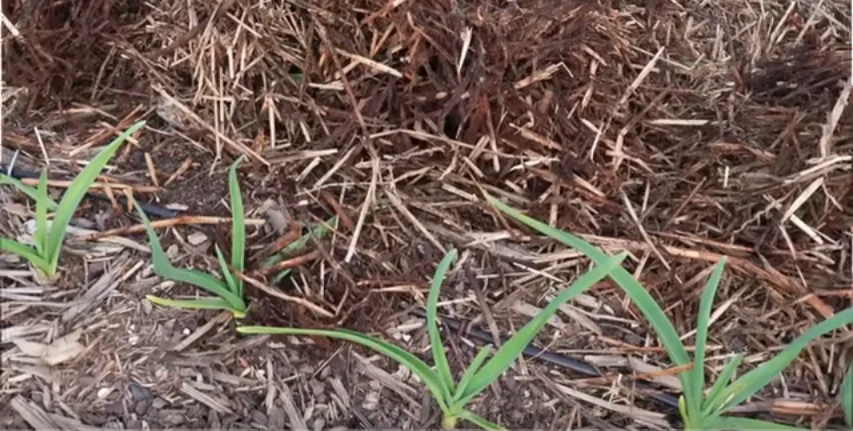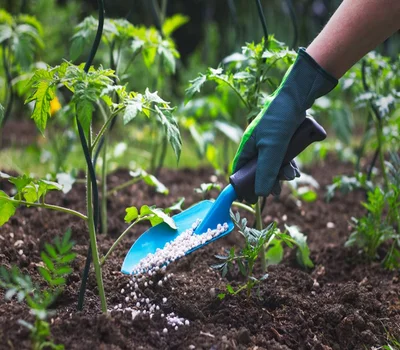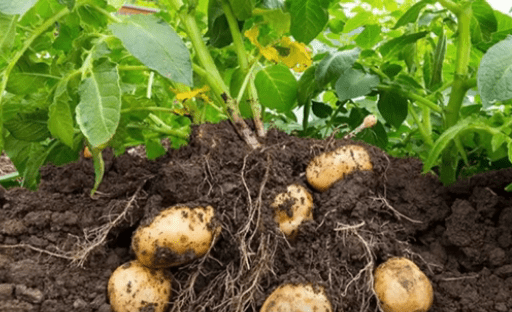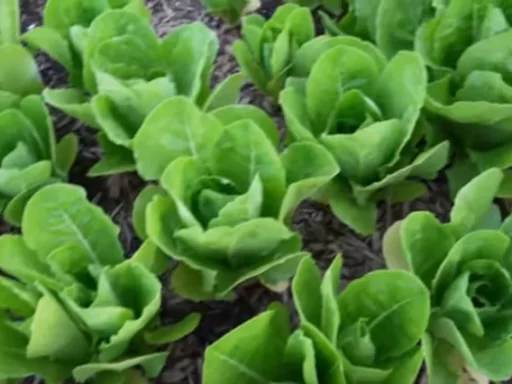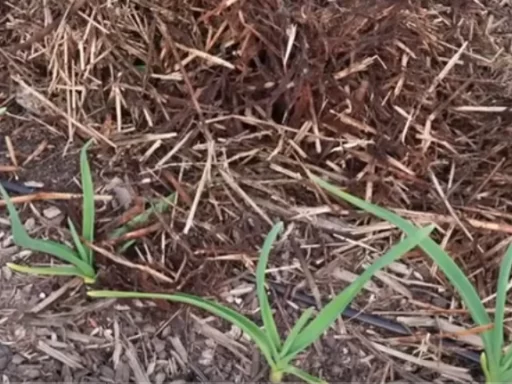Spring is just around the corner, and for gardeners on the Southeastern coast of North Carolina, this is the perfect time to get your hands dirty and start planting. Whether you’re a seasoned gardener or new to growing your own vegetables, March offers a wide variety of frost-resistant crops you can plant right away. Even if you’re in a colder zone, these plants will thrive in cool conditions, making them ideal for early planting.
1. Peas
Peas are one of the best crops to plant in early spring. Whether you prefer shelling peas, snap peas, or snow peas, they are all frost-resistant and can be planted directly in the soil. Direct sowing is highly recommended as it saves space and promotes better growth. Make 1-inch deep indentations in the soil, spacing each one about 3 to 4 inches apart. Rows can be spaced anywhere between 6 to 12 inches, depending on how tall your pea plants will grow. While some varieties require vertical support, others, like the Cascadia snap pea, can grow compactly without much assistance.
Once your seeds are planted, apply a light sprinkling of an all-purpose, organic fertilizer. A 5-5-5 NPK fertilizer works well, and peas don’t require frequent fertilizing unless you experience heavy rain, which can wash away nutrients. Germination usually takes between 7 and 10 days, but in warmer soil, you may see the first sprouts in as little as 5 days.
2. Onion Sets and Transplants
Onions are another excellent crop to plant in March. If you’ve already started your onions from seed, now is the time to transplant them into your garden. Alternatively, you can plant onion sets, which are small bulbs about half an inch to 1 inch in size. These sets are easy to find at garden centers and are ready to plant.
Make 1 to 2-inch deep indentations in the soil, spacing each onion set about 5 inches apart. The rows should be 6 to 12 inches apart, depending on how much space you have available. After planting, sprinkle each hole with an all-purpose organic fertilizer and some bone meal for additional nutrients. You should start to see green shoots breaking through the soil within 1 to 2 weeks.
3. Potatoes
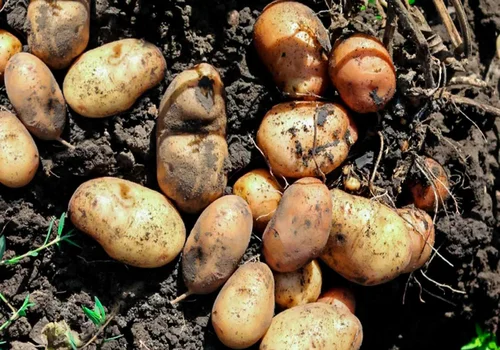
Potatoes are a cool-season crop and should be planted 2 to 3 weeks before the last frost. Don’t confuse them with sweet potatoes, which need much warmer conditions to grow. The great thing about potatoes is that even though their tops are sensitive to frost, the tubers are planted deep enough (about 6 inches) to be protected from the cold.
Whether you plant your potatoes in the ground, in raised beds, or containers, make sure to amend the soil with an all-purpose fertilizer and bone meal to promote root development. Potatoes are heavy feeders and will need regular fertilizing every two weeks. After 2 to 3 weeks, you’ll see the first green leaves pushing through the soil. Keep the soil moist, but don’t overwater, as this could cause the potatoes to rot.
4. Carrots
Carrots are another vegetable that loves cool weather, making them ideal for planting in early spring. Carrot seeds are tiny, so they should be sown shallowly, about a half-inch deep. Space the seeds about 2 to 3 inches apart to allow the roots room to grow. Carrots need loose, well-drained soil to develop long, straight roots, so consider adding some compost to your planting area.
5. Beets
Beets are one of the easiest crops to grow, but there are still a few tricks to get the best results. Beet seeds should be planted about half an inch deep, with spacing similar to carrots. Beets don’t require much maintenance beyond regular watering, and you’ll see the seedlings emerge within 7 to 10 days. Once they’ve sprouted, thin the seedlings to about 3 inches apart to allow the beets to grow to full size.
Frequently Asked Questions
- Can I plant these crops if I live in a colder zone? Yes, all the crops listed are frost-resistant and can thrive in cooler temperatures.
- How often should I fertilize peas? Peas don’t need much fertilization after planting, but if heavy rains occur, you may need to reapply fertilizer.
- Do potatoes need a lot of space to grow? Potatoes can be grown in the ground, raised beds, or containers. Just ensure they have 4 to 6 inches of soil above them.
- How deep should I plant carrot seeds? Carrot seeds should be planted about a half-inch deep in well-drained soil.
- What type of fertilizer should I use for onions? An all-purpose organic fertilizer (5-5-5 NPK) combined with bone meal works well for onions.
- When will I see the first green shoots from my onion sets? Onion sets will begin to sprout in 1 to 2 weeks after planting.
- Can I grow sweet potatoes in March? No, sweet potatoes require warmer weather and should be planted later in the growing season.

